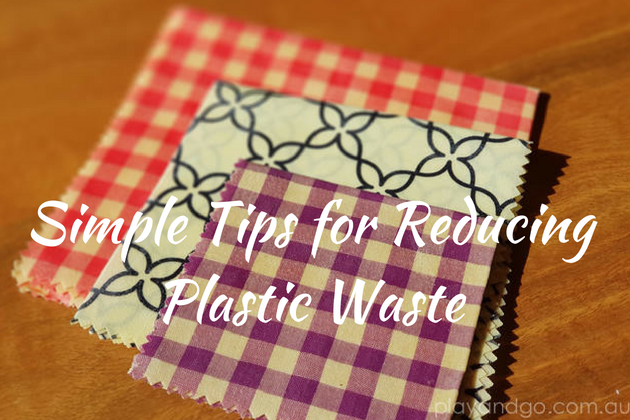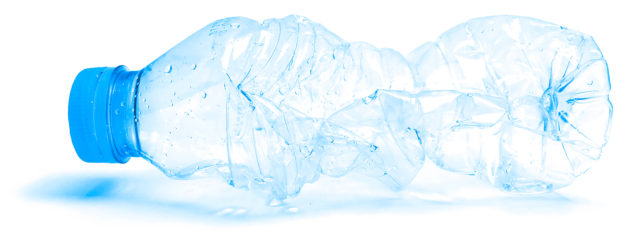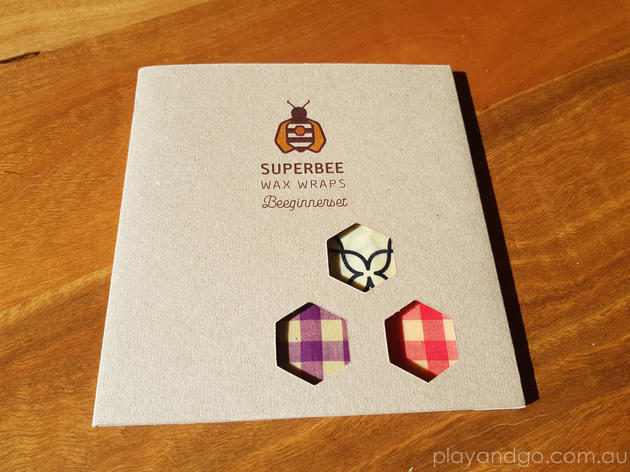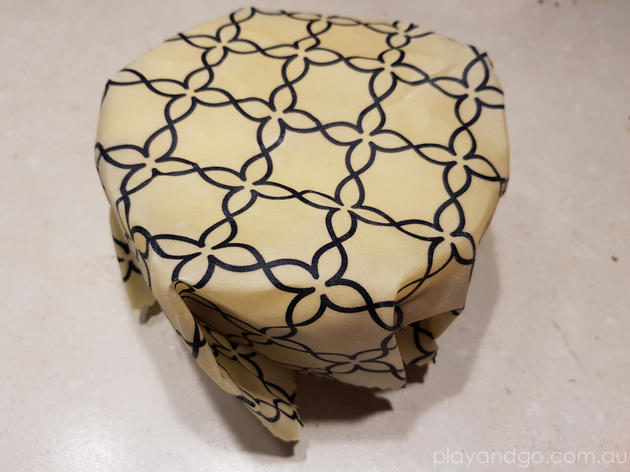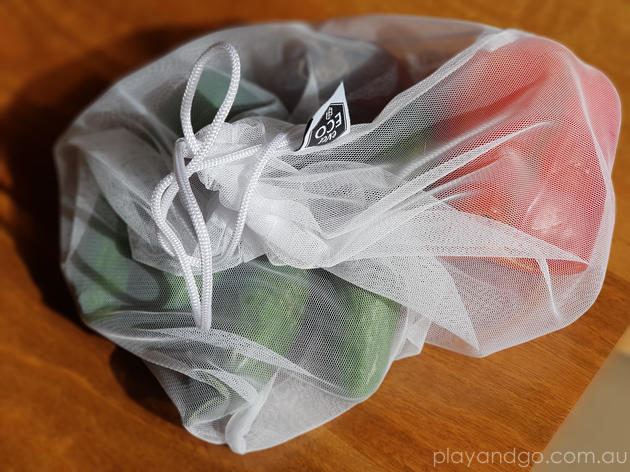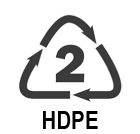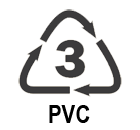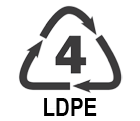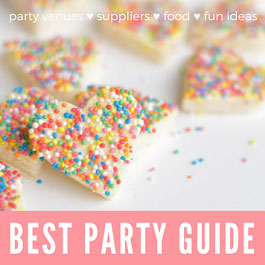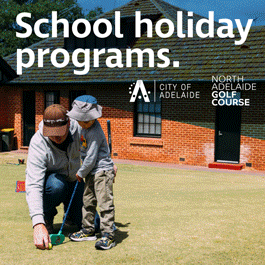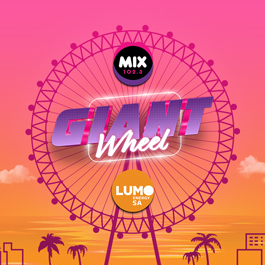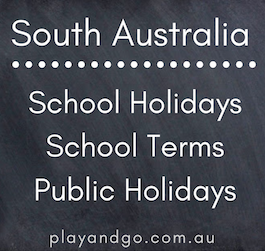Simple Tips to Help You Reduce Your Plastic Waste and go Plastic Free
Take a wander around the house, or supermarket and you can see that plastic is everywhere and almost everything is packaged in plastic. I recently bought a new pair of scissors and when I got them home I realised I needed to find a pair of scissors to cut through the packaging to get the new ones out. Then there was the question of, “Can I recycle this packaging?”
The wonderful thing about plastic is that it’s so convenient. It’s so easy to reach for the cling wrap and use it to cover leftover food or to grab a new plastic bag for fruit and veg rather than leave it rolling around the trolley but the cost to the environment is huge.
The theme of this year’s World Environment Day is #BeatPlasticPollution. After reading some facts about the effect of plastic on the environment I decided the time had come to stop thinking about reducing my plastic consumption and waste and seriously embark on the journey of doing something about it.
CLICK HERE to read the UN Environment’s easy to read page about plastic production, waste and it’s effects. It’s a worthwhile 2-minute read.
Where to start?
It can be hard to know where to start and what substitute products are available. Here are a few really simple ideas to help get you going:
- When buying fruit and veg, take your own basket or use a cardboard box (ask your grocer if they have spares) and forgo the plastic bags. This has been super easy to achieve. I just keep the box in my car and take it in the trolley then when I get home I pop the fruit and veggies into mesh storage bags.
- Take your own reusable bottled water everywhere you go.
- Buy less processed food.
- Only use reusable, washable BPA free containers for the kids’ lunch boxes. Let’s face it, there are about a million different types of lunchboxes to choose from.
- Invest in some Beeswax wraps, food covers or sealable, reusable food containers for leftover foods.
- Take your Keep Cup everywhere, just in case you need a coffee.
- Buy reusable, washable straws for the kids. It’s possible to buy straws made of metal, silicone, bamboo and glass.
- Purchase food, like cereal, pasta, and rice from bulk bins and fill a reusable bag or container.
- Use matches instead of disposable plastic lighters.
Starting the process of going plastic-free can feel expensive but imagine never having to buy cling-wrap again or small plastic bags to store food and other things in. I have started out with a few products and I will gradually add to this as I continue on my journey towards becoming as plastic-free as I possibly can.
I have started with some beeswax wraps. I came across them at my local Fruit & Veg store and thought I would test them out. They claim to last 12 months and can be easily washed in lukewarm water. I have found them useful for covering bowls of leftover food or cut fruit and veg such as lemons or watermelon, for example.
One of the other advantages of these wraps is that my fridge is starting to look pretty and the patterned wraps allow you to “colour code” wrapped items making them easy to find.
When I go to the Fruit & Veg shop I put all my produce straight into my designated fruit and veg box. When I get home, I put the produce into these mesh bags which have a little drawcord. The packaging claims that these mesh bags will keep produce fresh, and so far my veggies appear to be retaining their freshness. I prefer these to plastic bags as it is easy to see what is in each bag and things don’t roll out of them easily.
I purchased the mesh bags from online store,Biome which has a huge range of products that can help you go plastic free.
Biome is also running a competition during Plastic Free July:
Take the #BiomePledge to reduce single-use plastic, share it on social media, and you could WIN a $100 Biome voucher every week in July! CLICK HERE FOR MORE DETAILS AND TO ENTER
Recycling – What Can and Can’t Be Recycled in SA
Recycling: sometimes it seems like a total mystery and we are told to do one thing one minute then told the opposite 5 minutes later.
Here’s what can and can’t be recycled in SA at the kerbside.
Type of plastic: Polyethylene Terephthalate PET
Characteristics: Clear, tough, solvent resistant plastic, often used as a fibre.
Uses for this plastic: Carbonated soft drink bottles, detergent bottles.
Type of plastic: High-Density Polyethylene HDPE
Characteristics: Very common plastic, usually white or coloured.
Uses for this plastic: Milk and cream bottles, shampoo bottles, cleaning products.
Type of plastic: Polyvinyl Chloride PVC
Characteristics: Hard, rigid plastic, may be clear.
Uses for this plastic: Clear cordial and juice bottles.
Type of plastic: Low Density Polyethylene LDPE
Characteristics: Soft, flexible plastic – waxy surface.
Uses for this plastic: Squeeze bottles.
Type of plastic: Polypropylene PP
Characteristics: Hard but still flexible plastic.
Uses for this plastic: Ice cream containers and lids, plastic take away containers.
Type of plastic: Polystyrene PS
Characteristics: Clear, glassy, rigid, brittle plastic.
Uses for this plastic: Yoghurt containers and margarine/ butter containers.
Type of plastic: OTHER
Characteristics & Uses: Includes all other plastics and soft plastics including acrylic and nylon.
Type of plastic: Expanded Polystyrene WPS
Characteristics: Foamed, light weight, energy absoring, heat insulating.
Uses for this plastic: Packaging, meat trays, hot drink cups, foam packing ‘peanuts’.
If you still have a question about a particular item and whether it can be recycled, click here to visit the Recycle Right website then type in your suburb and scroll down the list to find the item. You can then find out if it is recyclable.
REDCYCLE
REDCYCLE Bins can be found at supermarkets around the country. Little did I know that so much can be recycled. The next challenge is to pin this list on the fridge, pop a box in the garage and start filling it up to take it for recycling at a Redcycle bin near me.
This is not a sponsored post and all products used and mentioned above were purchased. This review has been done completely independently, and is the writer’s own views.
At Play & Go Adelaide we make every effort to provide accurate information to the best of our knowledge at the time of publication. We recommend confirming times, dates and details directly before making any plans as details may be subject to change.
Image Source: Play & Go, UN Environment website & Biome.
SUBSCRIBE
Want to get all the latest events and activities straight to your inbox?
Subscribe to our weekly email newsletter below to keep up to date with our latest posts and find out all the best events & activities for Adelaide families. Newsletters are only sent once a week, and you may sometimes get a special offer exclusively for our subscribers only!



